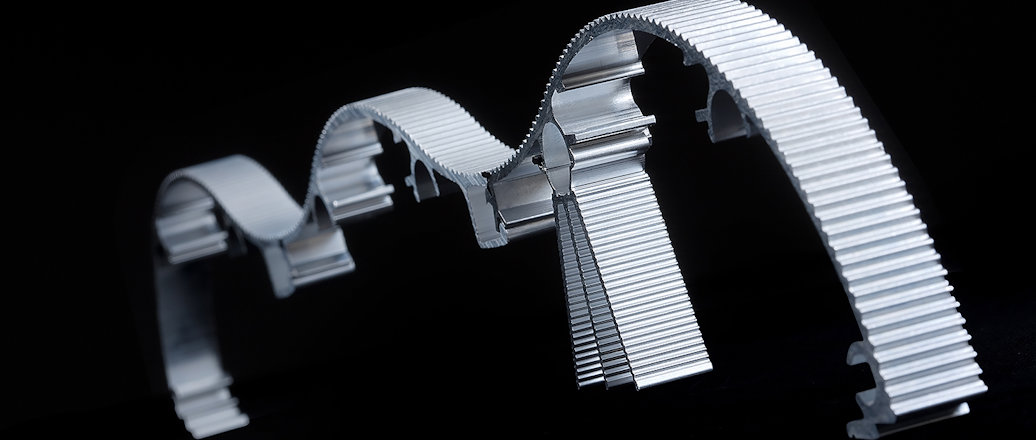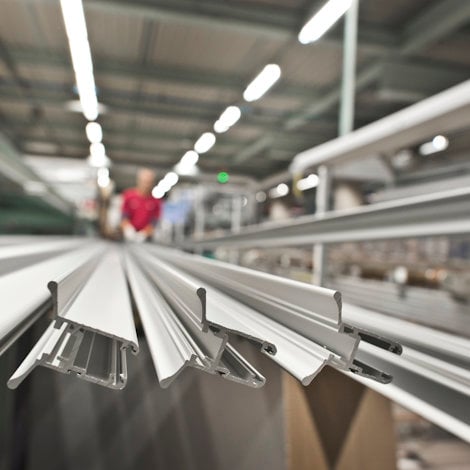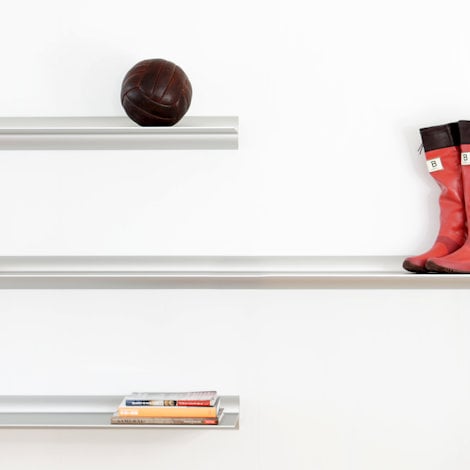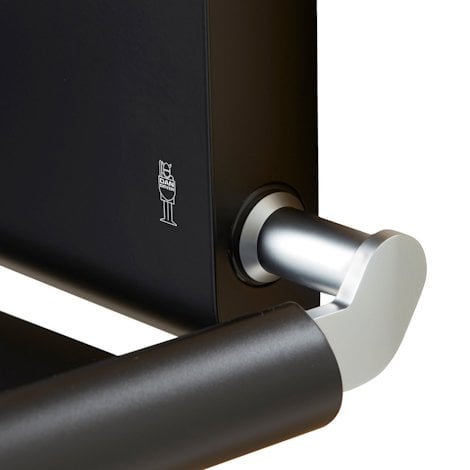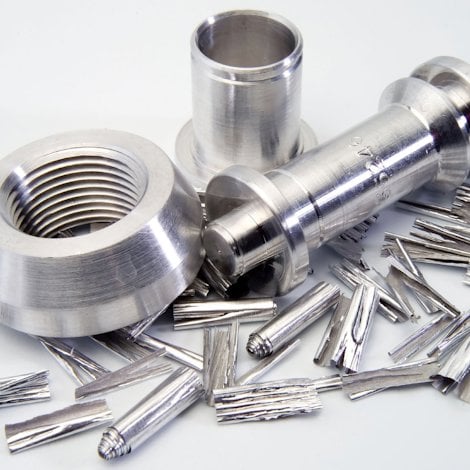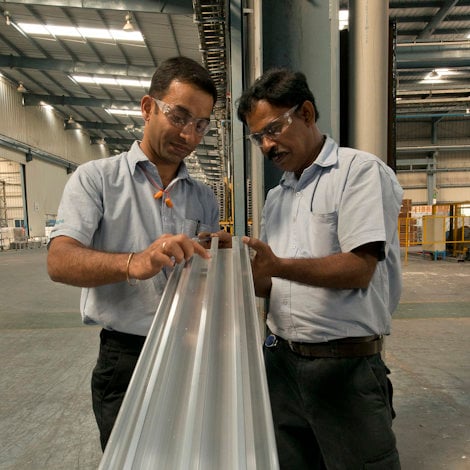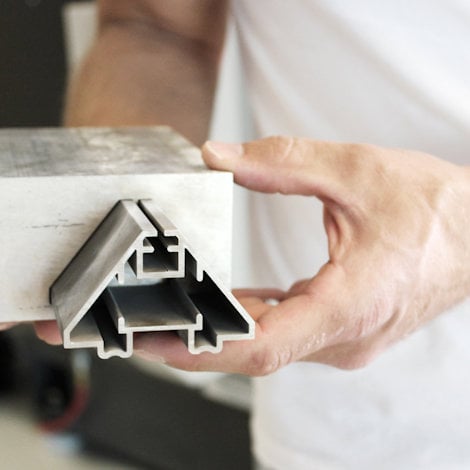Extrusion quick guide for designing with aluminium
Your goal as a designer is to come up with the design that best meets the requirements of the project. Here is a quick guide with the four key points you need to consider when designing with aluminium extrusions.
Whether you are designing a frame for a bicycle, a roof reinforcement for a car or solar panels, the aluminium profile will take shape on the drawing board. It is therefore essential that you understand the “basics” for the design of aluminium profiles and components.
Understanding these basics will help you identify ways to reduce weight, add functionalities, simplify assembly, and minimize costs.
Designing with the right wall thickness
Finding the right wall thickness depends on the strength requirements of the profile and your cost-efficiency target. Profiles with uniform wall thickness are the easiest to produce, but if changes are needed, you can easily alter wall thicknesses within an aluminium profile.
The most important factors that influence wall thickness are:
- The choice of the alloy
- The shape of the profile
- Extrusion press power and speed
- The desired surface treatment
- Desired tolerances
Rounded shapes will improve your design
It is not possible to achieve razor-sharp corners with the extrusion process, so take this into account in your design. Corners should be rounded. A radius of 0.5-1 mm is usually sufficient.
Designs that require sharp internal corners can be solved with a hole radius.
You should avoid designing sharp projections in the profile. These can bend quickly and become uneven.
A final aspect is to always ensure rounded transitions. A profile with large variations in wall thickness cools unevenly after extrusion. This creates structural differences, and these become visible, especially after anodizing.
Enhance your products with decoration
Decoration can help you achieve the best design. You may not think that it has anything to do with functionality or cost efficiency, but it really does. We recommend that you use decoration to:
- Change or improve the appearance
- Hide imperfections
- Protect against damage during handling and processing
Here is an example: If your profile has arms or screw ports, then process-related shadowing (heat zones) can appear on the opposite side. With help of decoration, you can make these zones invisible.
Finally, well-designed decoration also helps protect the profile from damage during handling or storage.

Achieving cost-efficient production
Cost-efficient production is another point that requires your attention during the design process.
Profiles that are easy to extrude have the following properties:
- Simple round shapes with radiused corners
- Little variation in wall thickness
- Symmetry
- No deep, narrow channels
These are the main points to consider when designing aluminium profiles and components. Other factors such as surface treatment and material properties are also influential in the design process. Don’t be afraid to ask your supplier for support.

